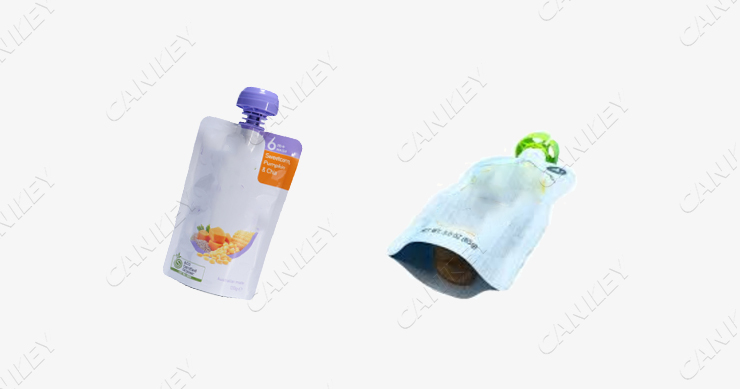The packaging of baby food is a critical aspect of ensuring the safety and quality of the product. Baby food packaging requirements are incredibly strict, as they involve the protection of the most vulnerable consumers – infants. In this article, we will explore what are the requirements for baby food packaging.
Food-grade materials
The foundation of baby food packaging begins with the use of food-grade materials. Baby food packaging should be made from materials that are safe, non-toxic, and free from harmful chemicals. This typically involves the use of food-grade plastics, glass, or metal. Manufacturers must adhere to specific regulations and standards for the materials used to create the packaging.
Stainless steel machinery
To ensure the safety and quality of baby food packaging, specialized baby food packaging machinery is crucial. These machines are typically constructed using food-grade stainless steel. Stainless steel is preferred for its resistance to corrosion and its ease of cleaning and sanitization. The use of stainless steel minimizes the risk of contamination, which is of utmost concern in baby food production.

Enclosed packaging process
One of the key requirements for baby food packaging is a fully enclosed packaging process. This means that the baby food remains sealed from the moment it is prepared until it reaches the consumer. An enclosed process prevents any potential contamination from the surrounding environment, ensuring the product’s safety.
Hygiene and sanitation
Maintaining impeccable hygiene and sanitation is non-negotiable in baby food packaging. Manufacturers must adhere to strict cleanliness standards, which include regular equipment cleaning, sterilization, and the use of appropriate cleaning agents. This helps prevent any bacteria or pathogens from entering the packaging process.
Tamper-proof seals
Baby food packaging must include tamper-proof seals to guarantee that the product remains untouched and uncontaminated during transit and storage. These seals are designed to be visible and ensure the consumer can easily detect any tampering or potential risks.
Labeling and information
Labeling is another critical aspect of baby food packaging. Clear and accurate labeling provides vital information to parents and caregivers. This includes the product’s ingredients, nutritional information, allergen warnings, and appropriate age recommendations.
Regulation compliance
To ensure that baby food packaging meets all requirements, manufacturers must comply with regulations and standards set by relevant authorities. In the united states, for instance, the food and drug administration (fda) has specific regulations for baby food packaging. Compliance with these regulations is essential to guarantee the safety and quality of baby food.
Batch traceability
Baby food packaging must incorporate a robust system for batch traceability. This means that each batch of baby food can be traced back to its source, allowing for rapid identification and recall of any contaminated or unsafe products.
Quality control
A rigorous quality control process is an essential part of baby food packaging. This involves thorough inspection of the packaging, including seals, labels, and overall integrity, to ensure that each unit meets the required standards.
Baby food packaging requirements are stringent and demanding due to the need for the utmost safety and quality of products destined for infants. The use of food-grade materials, stainless steel machinery, fully enclosed processes, hygiene and sanitation, tamper-proof seals, accurate labeling, regulation compliance, batch traceability, and quality control all play a crucial role in ensuring that baby food packaging meets these requirements. Meeting these standards is paramount to protecting the health and well-being of the most vulnerable consumers.
